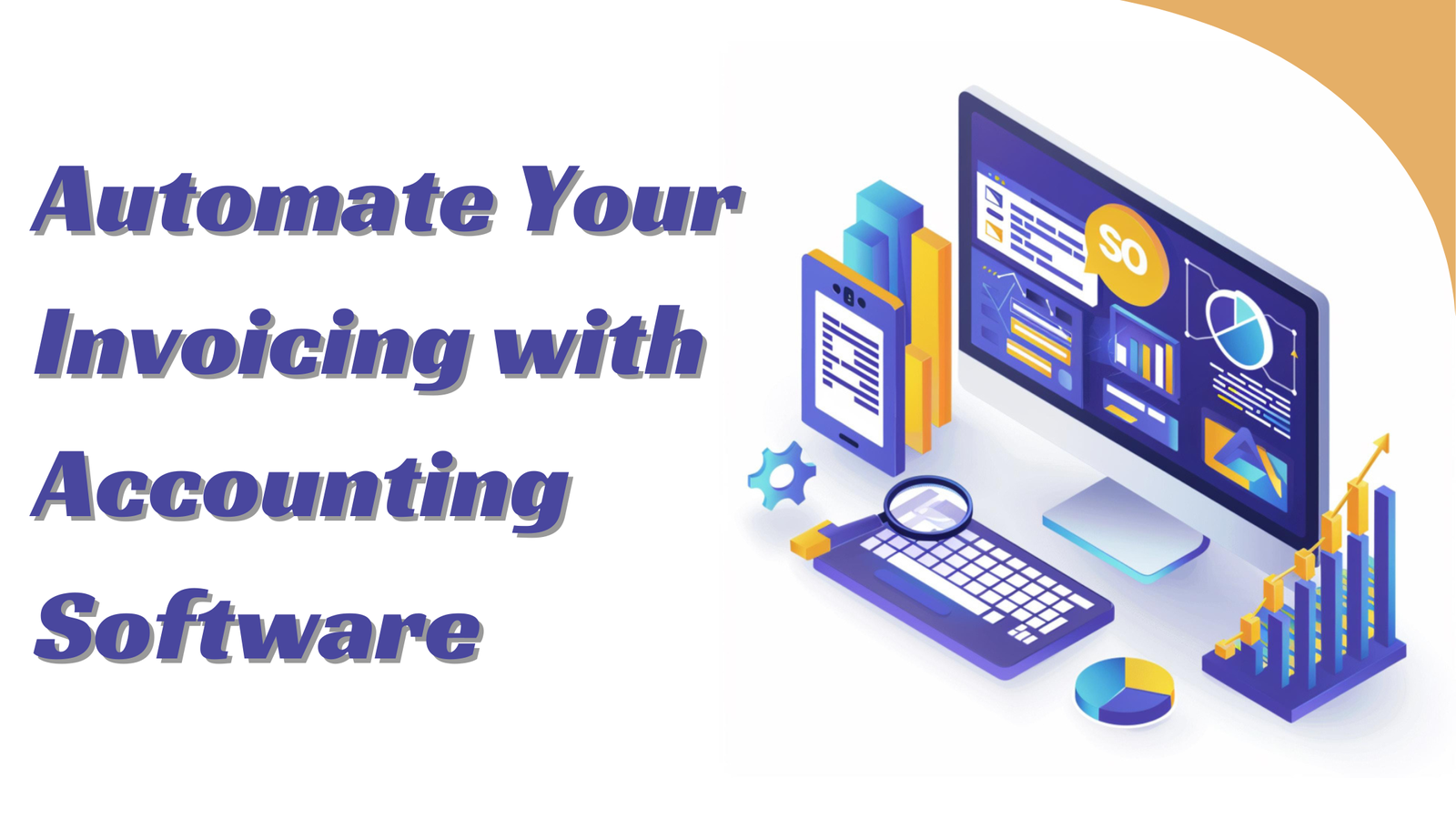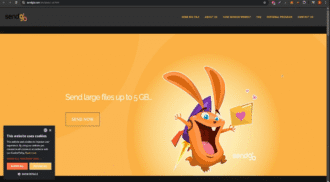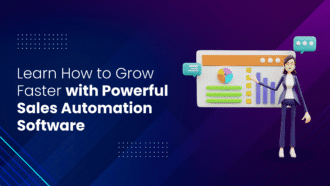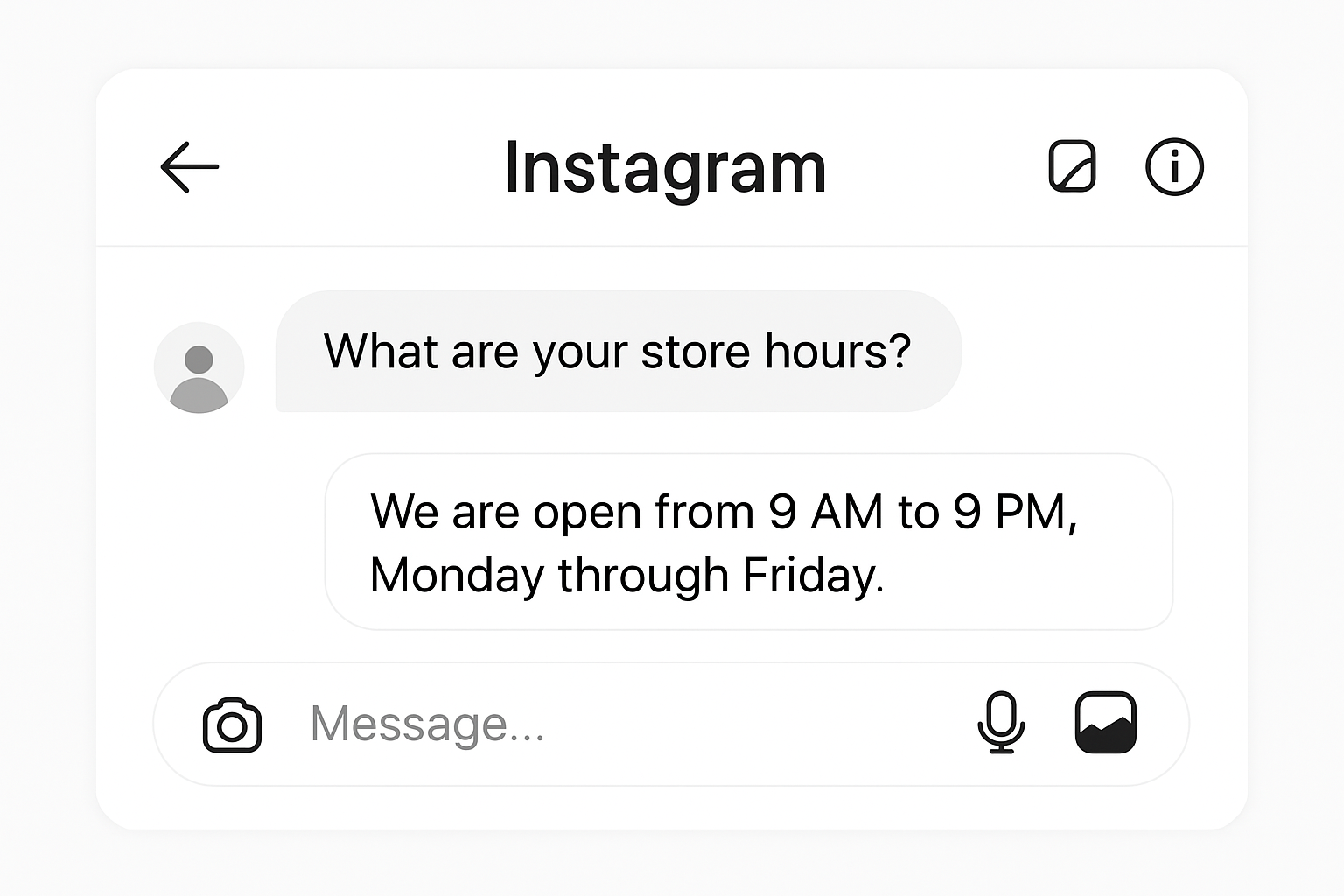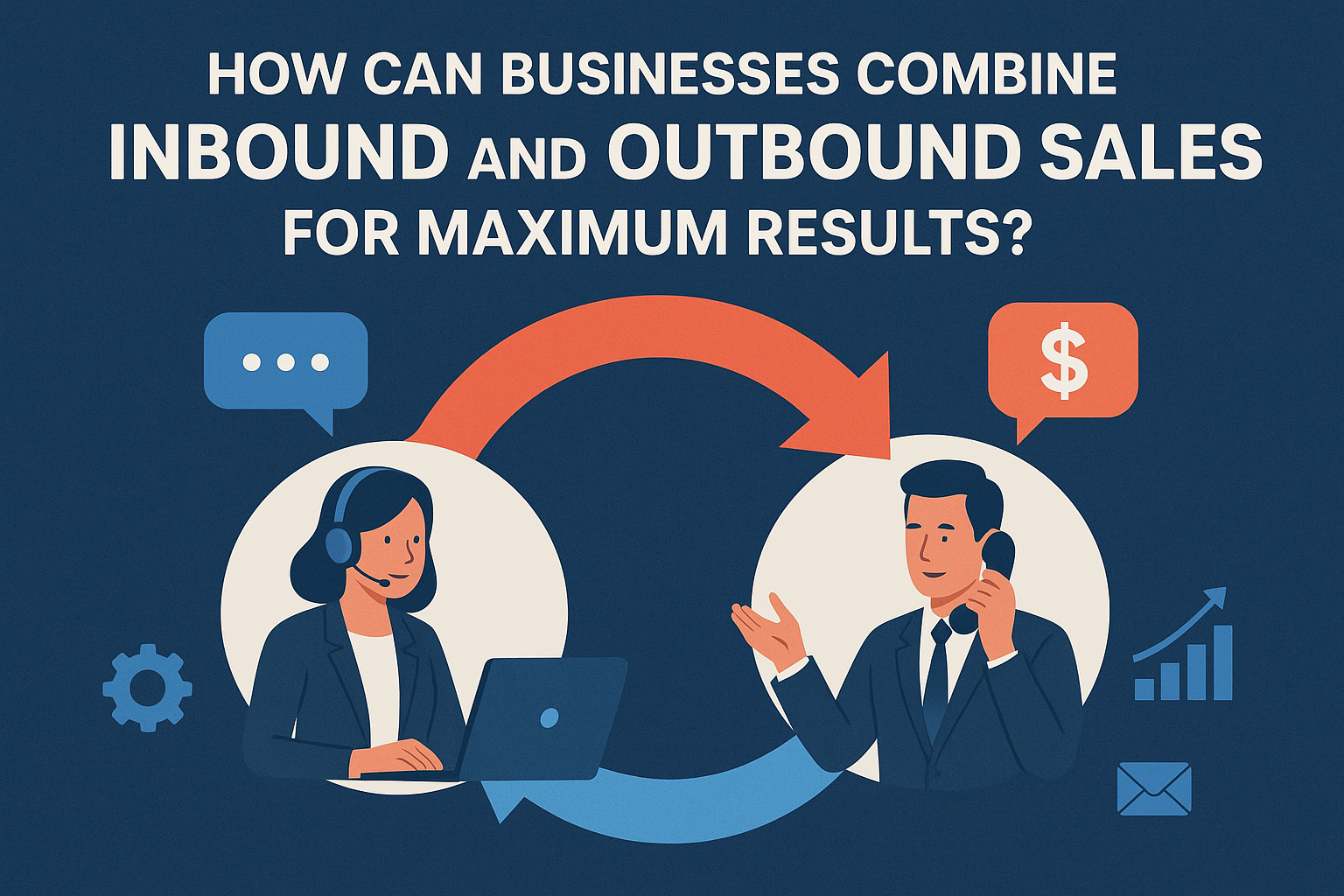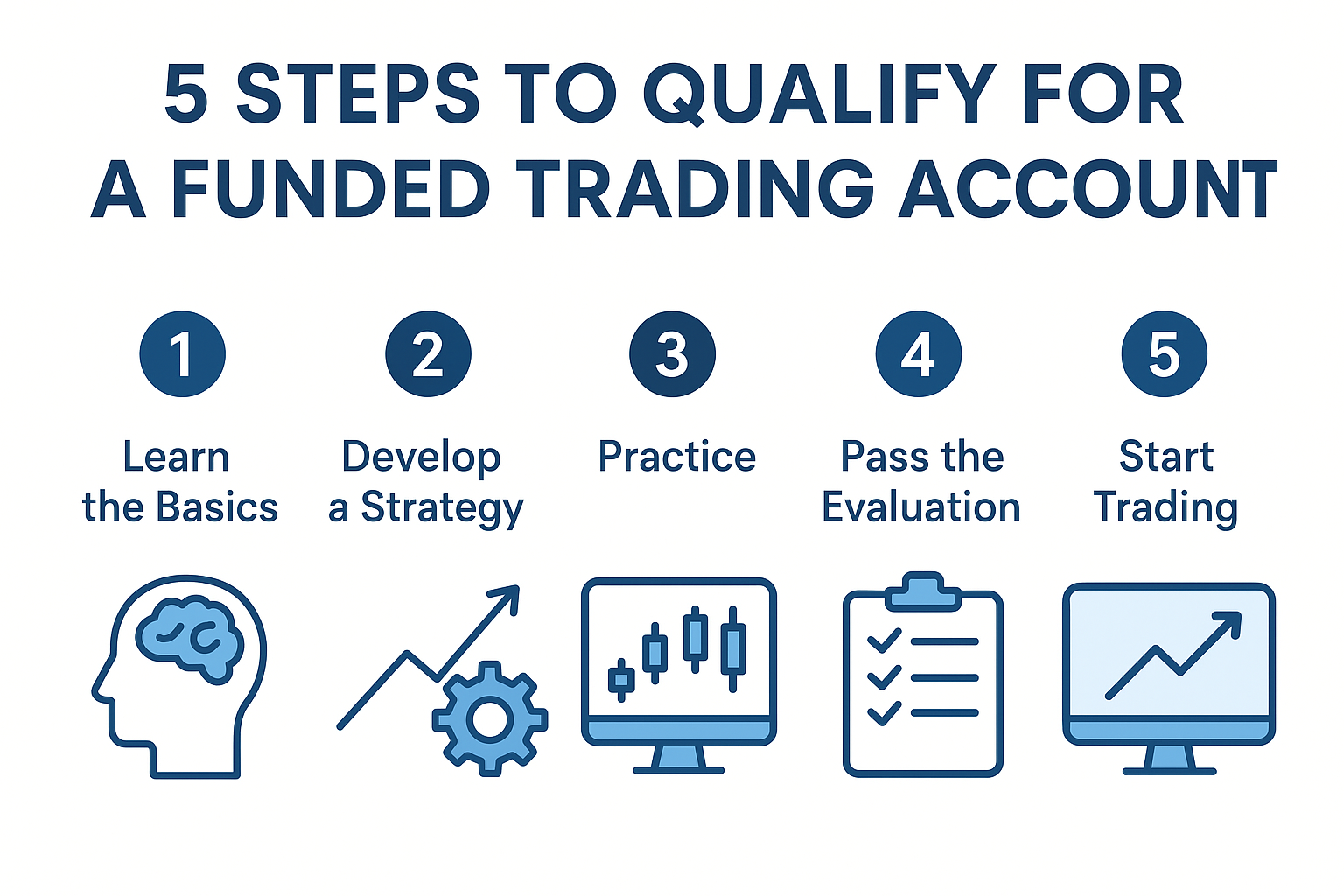How to Automate Your Invoicing with Accounting Software
- 1 Understanding the Need for Automation
- 2 Choosing the Right Accounting Software
- 3 Setting Up Automated Invoicing
- 3.1 Configure Invoice Templates
- 3.2 Create Customer Profiles:
- 3.3 Automate Invoice Generation
- 3.4 Set Up Automated Reminders
- 4 Benefits of Automating You’re Invoicing
- 5 Overcoming Challenges:
- 6 Conclusion
Invoicing is a fundamental part of running a business but often involves repetitive tasks and meticulous attention to detail. Automating your invoicing process with accounting software can save time, reduce errors, and improve cash flow management. This article explores how to automate your invoicing using accounting software, providing a step-by-step guide to streamline the process and enhance your business operations.
Understanding the Need for Automation
Automating invoicing is not just about convenience; it’s a strategic move that can significantly impact your business’s efficiency and financial health. Invoicing Software UK provides a critical tool for this process. Manual invoicing processes can be time-consuming and prone to errors, leading to delayed payments, lost revenue, and strained customer relationships. Integrating automation into your invoicing process can streamline operations, reduce errors, accelerate payment cycles, and enhance overall business performance.
- Reduce Manual Errors: Automation minimizes the risk of human errors in invoice creation and processing, ensuring that invoices are accurate and consistent.
- Save Time: Automated invoicing eliminates repetitive tasks such as data entry and calculation, freeing time for more strategic activities.
- Improve Cash Flow: Timely and accurate invoicing accelerates payment cycles, helping to maintain a healthy cash flow.
- Enhance Professionalism: Automated invoicing systems generate professional-looking invoices and provide consistent branding, which enhances your business’s image.
Choosing the Right Accounting Software
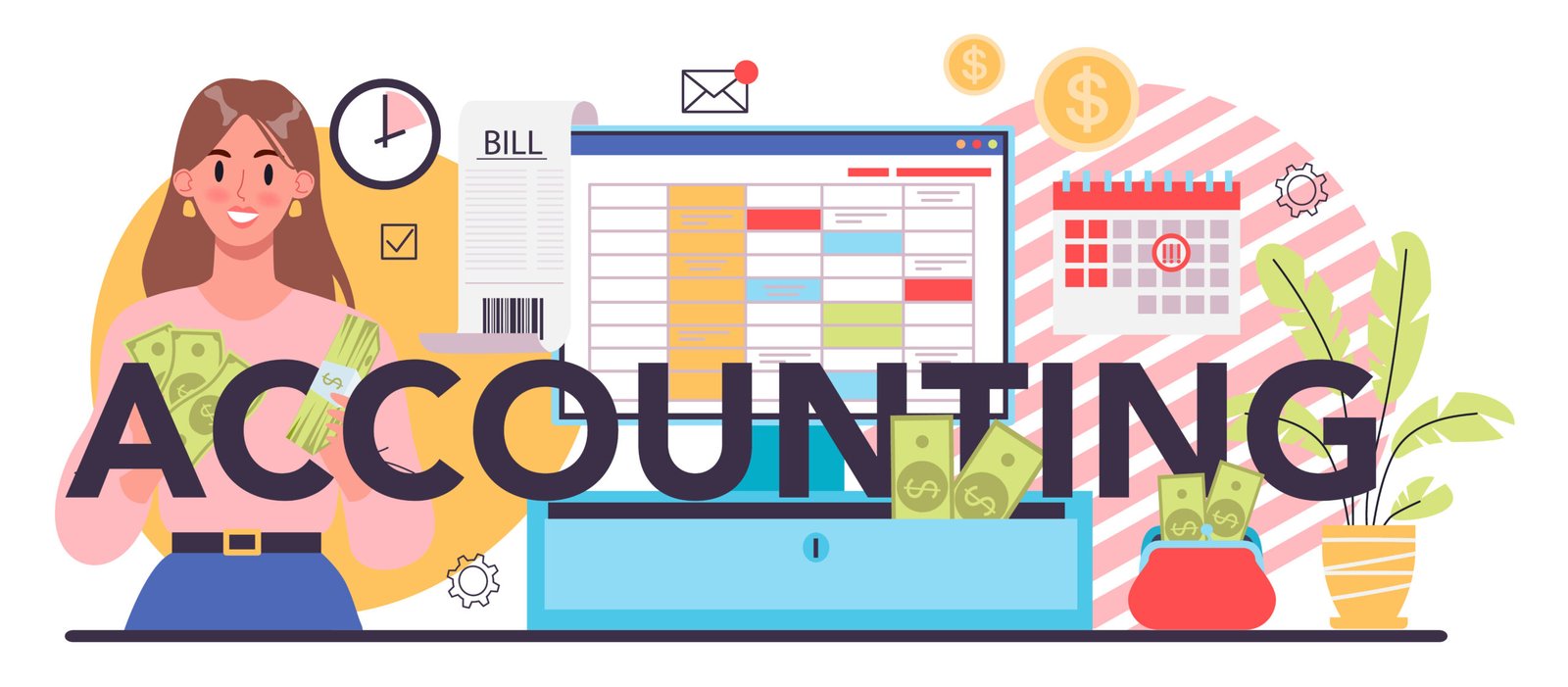
The first step in automating your invoicing process is selecting the right accounting software. Look for software that offers robust invoicing features and integrates well with your existing systems. Key features to consider include:
Customizable Templates: Choose software to create and customize invoice templates to match your branding and business requirements.
Automated Reminders: Opt for software that can send automated payment reminders to clients, reducing the need for manual follow-ups.
Integration Capabilities: Ensure the software integrates seamlessly with your accounting, CRM, and payment systems for efficient data flow and management.
Reporting and Analytics: Look for software with reporting and analytics features to track invoice statuses, payment trends, and financial performance.
Popular options include QuickBooks, Xero, FreshBooks, and Zoho Books, each offering a range of features tailored to different business needs.
Small Business Invoicing Software
Small business invoicing software is designed to simplify and streamline the billing process for entrepreneurs and small enterprises. Small Business Accounting Software UK offers tools to create and send professional invoices quickly, track payment statuses, and manage customer accounts efficiently. Key features typically include customizable invoice templates, automated payment reminders, and integration with accounting systems for seamless financial management. By automating these tasks, small business invoicing software helps save time, reduce errors, and improve cash flow, allowing business owners to focus more on growth and less on administrative tasks.
Setting Up Automated Invoicing
Once you’ve selected the appropriate accounting software, the next step is to set up automated invoicing. Here’s a step-by-step guide to help you through the process:
Configure Invoice Templates
Access the invoicing section of your accounting software and choose a template that fits your business needs. Customize the template with your company’s logo, contact information, and payment terms. Save and set the customized template as your default for future invoices.
Create Customer Profiles:
Input your customer information into the software, including contact details, billing addresses, and payment preferences. Set up recurring billing options for customers with regular payments, such as subscriptions or service contracts.
Automate Invoice Generation
Use the software’s features to set up automatic invoice generation based on predefined schedules or milestones. Configure recurring invoices for regular clients to be generated and sent automatically at specified intervals (e.g., monthly, quarterly).
Set Up Automated Reminders
Configure automated reminders for overdue payments. Set the frequency and timing of reminders to ensure that clients are notified of outstanding invoices. Customize reminder messages to reflect your brand’s tone and maintain professionalism in communication.
Benefits of Automating You’re Invoicing
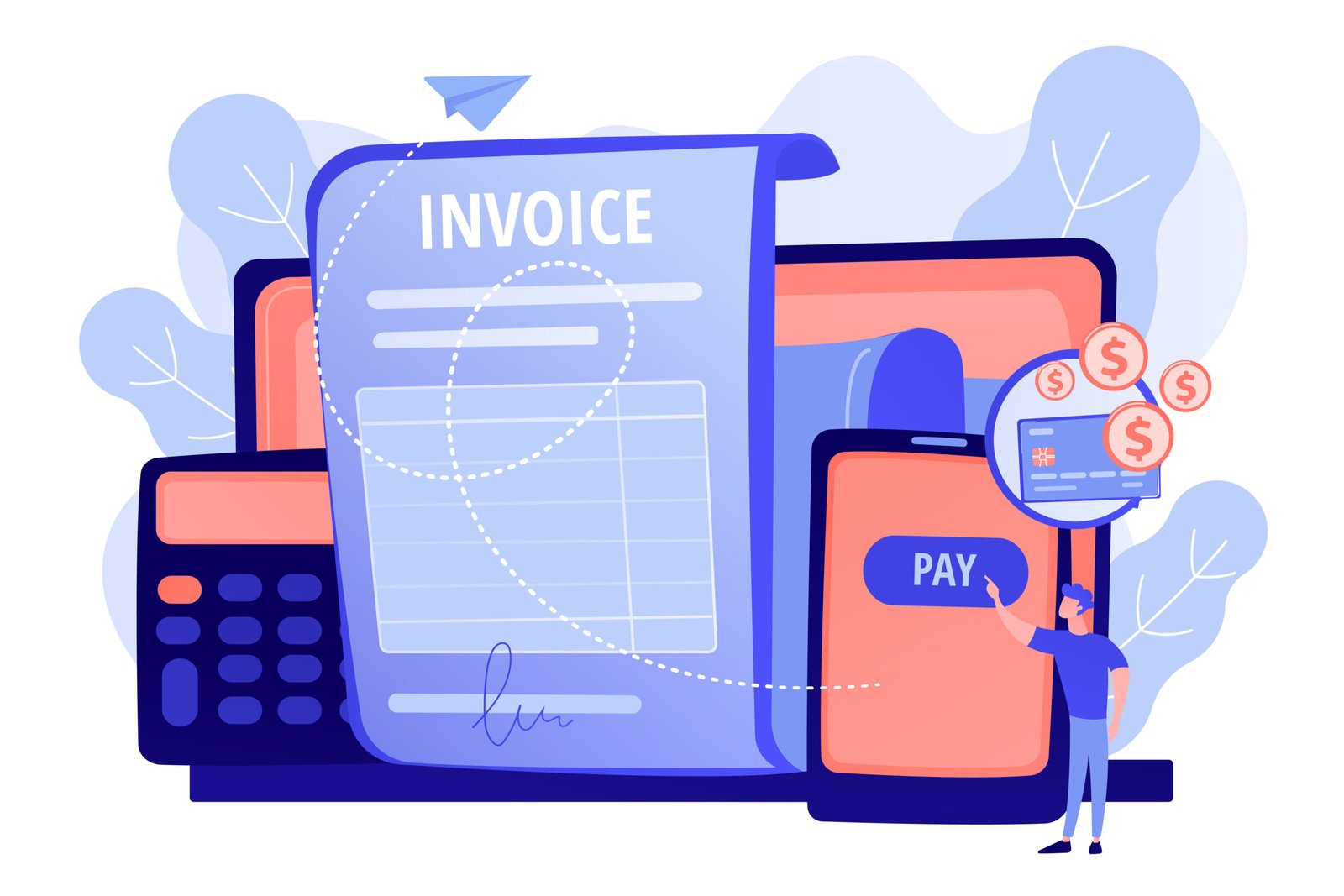
Automating your invoicing process with accounting software offers several benefits that contribute to the efficiency and effectiveness of your business operations:
Enhanced Accuracy: Automated systems reduce the likelihood of errors in calculations, data entry, and formatting, leading to more accurate invoices.
Faster Processing: Automation speeds up the invoicing process by eliminating manual tasks, allowing you to send invoices quickly and receive payments sooner.
Improved Cash Flow: Timely and accurate invoicing helps maintain a steady cash flow, reducing the risk of cash flow gaps and improving financial stability.
Efficient Record-Keeping: Automated invoicing systems keep detailed records of all transactions, making it easier to manage and access historical data for audits or financial analysis.
Better Customer Relationships: Professional and timely invoicing enhances customer satisfaction and fosters positive relationships, which can lead to repeat business and referrals.
Overcoming Challenges:
Overcoming challenges in automating your invoicing process is crucial for ensuring a smooth transition and maximizing the benefits of new systems. Common issues include data migration, where transferring existing records into new software requires meticulous accuracy to avoid data loss or errors. Integration challenges may arise when connecting the invoicing system with other business tools, such as CRM or ERP systems, necessitating technical adjustments and coordination with software providers.
Additionally, ensuring that your team is adequately trained to use the new software is essential for successful adoption. Addressing these challenges proactively by planning the migration carefully, working closely with support teams, and providing comprehensive training can lead to a more effective and seamless invoicing automation process.
Conclusion
Automating your invoicing process with accounting software is a powerful strategy for improving your business’s efficiency, accuracy, and cash flow management. By choosing the right software, setting up automated invoicing features, and addressing potential challenges, you can streamline your billing operations and focus on what matters most: growing your business. Embracing automation saves time, reduces errors, and enhances your professional image and customer relationships, positioning your business for long-term success.

